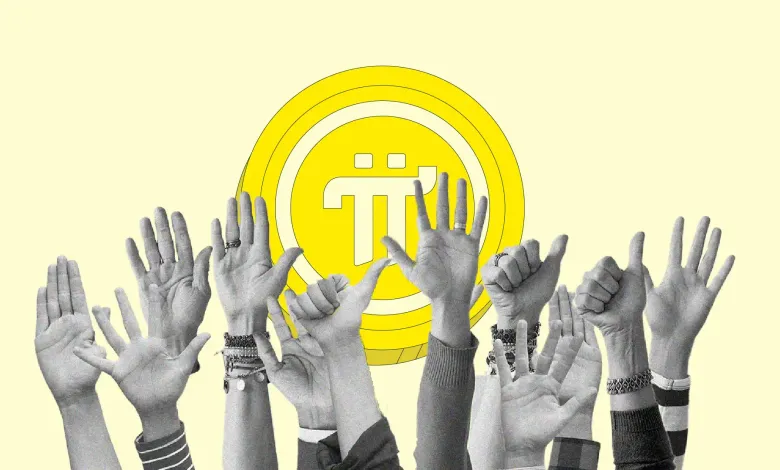The long-awaited launch of Pi Network has finally arrived, marking a monumental milestone in the pursuit of decentralized and accessible digital currency. Since its inception, Pi Network has relentlessly strived to revolutionize the cryptocurrency landscape by democratizing mining through mobile devices. With its official launch, Pi is poised to transition from its testing phases to a fully functional blockchain ecosystem.
What is Pi Network?
Pi Network, a cryptocurrency project founded by a group of Stanford PhDs, aims to revolutionize cryptocurrency mining by enabling users to mine Pi coins using their smartphones without compromising on energy efficiency. Unlike traditional cryptocurrencies like Bitcoin, which necessitate expensive mining rigs and substantial computational power, Pi Network employs a unique consensus algorithm called the Stellar Consensus Protocol (SCP). This protocol empowers users to validate transactions with minimal resource consumption, making Pi Network an accessible and environmentally friendly option for cryptocurrency enthusiasts.
Key Features of Pi Network
- Mobile-Friendly Mining – Users can simply open the app daily to mine Pi coins, making cryptocurrency more accessible to the general public.
- Decentralized and Secure – Pi Network operates on a decentralized blockchain, guaranteeing transparency and security.
- User-Friendly Experience – The app’s intuitive interface simplifies cryptocurrency mining and transactions for non-technical users.
- Scalable Ecosystem – With its launch, Pi Network is poised to introduce a diverse array of applications, smart contracts, and decentralized services.
The Phases Leading to the Launch
Pi Network’s development has progressed in a systematic manner, encompassing three distinct phases.
- Phase 1 (March 2019 – December 2020): The initial beta launch focused on growing the user base and testing mining capabilities.
- Phase 2 (January 2021 – December 2023): Testnet phase where developers and users tested various network functionalities, including wallet transactions and smart contracts.
- Phase 3 (2024 Onward): The official launch of Pi’s Mainnet, allowing full decentralization, public trading, and blockchain integration.
What the Launch Means for Pi Holders
With the Mainnet launch, Pi holders can now use their tokens for real-world transactions, trade on exchanges, and participate in a broader digital economy. Businesses and merchants are anticipated to adopt Pi as a payment method, further enhancing its practicality.
The Future of Pi Network
The Pi Network community, comprising millions of users globally, eagerly anticipates further progress, including integrations with decentralized finance (DeFi) applications, partnerships with global businesses, and expansion into non-fungible tokens (NFTs) and Web3 technologies.
As Pi Network officially enters the cryptocurrency market, its innovative approach to accessibility, security, and decentralization paves the way for a revolutionary era in digital currency. While its mainstream adoption remains uncertain, the groundwork for a promising future has been laid.
Final Thoughts
The launch of Pi Network goes beyond introducing a new cryptocurrency; it signifies a transformative shift towards making blockchain technology more accessible and user-friendly. As the ecosystem expands, early adopters and newcomers alike have a chance to be part of a movement that seeks to reshape the digital economy.








Leave a Comment